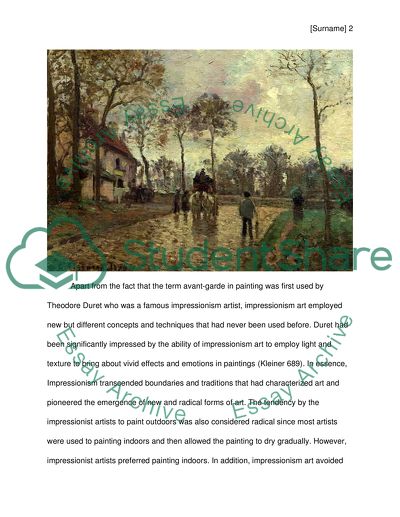Cite this document
(“Modern Art Periods Assignment Example | Topics and Well Written Essays - 2500 words”, n.d.)
Retrieved from https://studentshare.org/visual-arts-film-studies/1398178-modern-art-periods
Retrieved from https://studentshare.org/visual-arts-film-studies/1398178-modern-art-periods
(Modern Art Periods Assignment Example | Topics and Well Written Essays - 2500 Words)
https://studentshare.org/visual-arts-film-studies/1398178-modern-art-periods.
https://studentshare.org/visual-arts-film-studies/1398178-modern-art-periods.
“Modern Art Periods Assignment Example | Topics and Well Written Essays - 2500 Words”, n.d. https://studentshare.org/visual-arts-film-studies/1398178-modern-art-periods.


